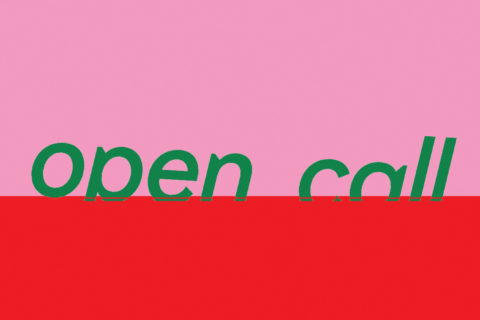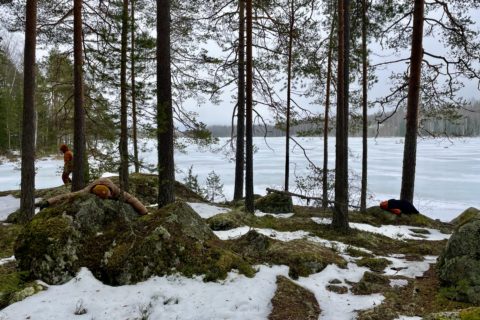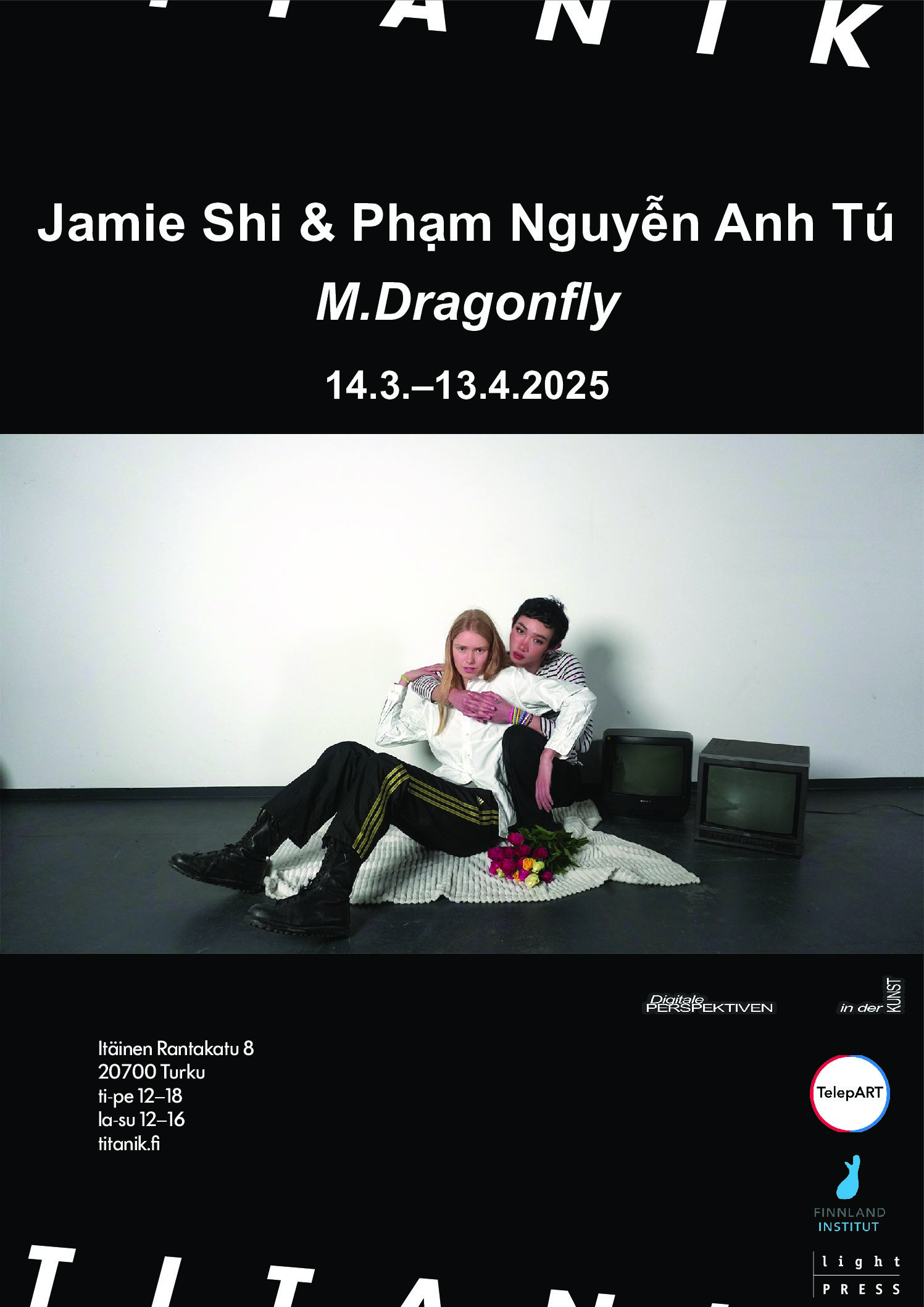Tracing Roots
Yindi Chen
At the beginning of Sun – while humming, a woman is looking at us, walking backward. The movement of going back—to birth, to root, to the path unable to be recalled—is the underlying tone of the video filmed in Hunan, China, between 2016-2018, when Anna Ting Möller visited their birth town in an attempt to find their birth mother.
Images of flooding. Hunan is a region that often floods in summer. Things can vanish in floods, or floods can be used as an excuse for disappearance—of people, properties, and the record of Anna Ting’s past. But living beings are also born in water, in rain, in amniotic fluid, in tea.
Hands are entangled with raw shrimps. Flashbacks of shrimp in the video evoke a visceral connection with Anna Ting’s sculptures. Fed with tea and sugar, the SCOBY-kombucha trapped in the irregular jars resembles the appearance of aquatic animals—slippery, partially translucent, macerated in mucus. It is a synesthetic encounter: the sculptures trigger an eerie and, at the same time, obsessive sense of touch through just seeing.
The mottled rectangular works hung in the space seem like flesh after an operation. Layers of SCOBY are exposed to air, drying up over time, akin to ageing skin, cracking scars, and emerging spots. Though the sculptures are sewn from fragmented pieces of SCOBY, they all originate from one small bottle of kombucha, which was given by a lady in Hunan and has travelled with Anna Ting from Hunan to Sweden to New York. In either place, the symbiotic creature keeps dividing, proliferating, accumulating, metamorphosing, and gradually forming a hybrid kinship with its caretaker, Anna Ting. I imagine how the artist feeds, touches, cuts, sews, squeezes these skin-like colonies of bacteria. These actions are maternal, arising from an endless, intimate, sticky relationship of care. The SCOBY-kombucha potentially helps us to reimagine mutual, caring, attentive communication between life forms that are not necessarily human.
In Sun – while humming, Anna Ting quotes a sentence from Tao de Jing:“夫物芸芸,各复归其根 (all things go back to their origin).” “根” means root, the term from botany that is metaphoric to intricate connections of life. The sculpture S/KIN resembles a self-sufficient plant, the curved part as a plant’s aerial root, breathing in the air as well as connecting to its other roots submerged in liquid. Though SCOBY is usually called the “mother,” the entire SCOBY-kombucha ecosystem is autopoietic, constantly remaking and reproducing cultures themselves. The nondual process of growth, feeding, and caretaking denatures the universal idealism of mother-child relation, shares a possibility of making kin with other-than-human species and, therefore, queers ourselves as humans. The SCOBY-kombucha has never separated from its maternal body or the root, as the origin is already within it. The self-replicating living sculptures acquire the status of rooting in oneself and bear the tenacity of being.
Yindi Chen kirjoitti tekstin näyttelystä “KIN AND SUN”. Lue lisää näyttelystä.
Teksti on osa vuoden 2023 TITANIK-julkaisua. Kirjoittajat kutsutaan kirjoittamaan näyttelyistä ammentava ja niiden kanssa resonoiva teksti. Aiempia tekstejä on luettavissa täällä.
+++++
Yindi Chen wrote the text about the exhibition “KIN AND SUN”. Read more about the exhibition.
This text is a part of this year’s TITANIK publication. Authors are invited to produce a text responding to each exhibition. You can read the earlier contributions here.




